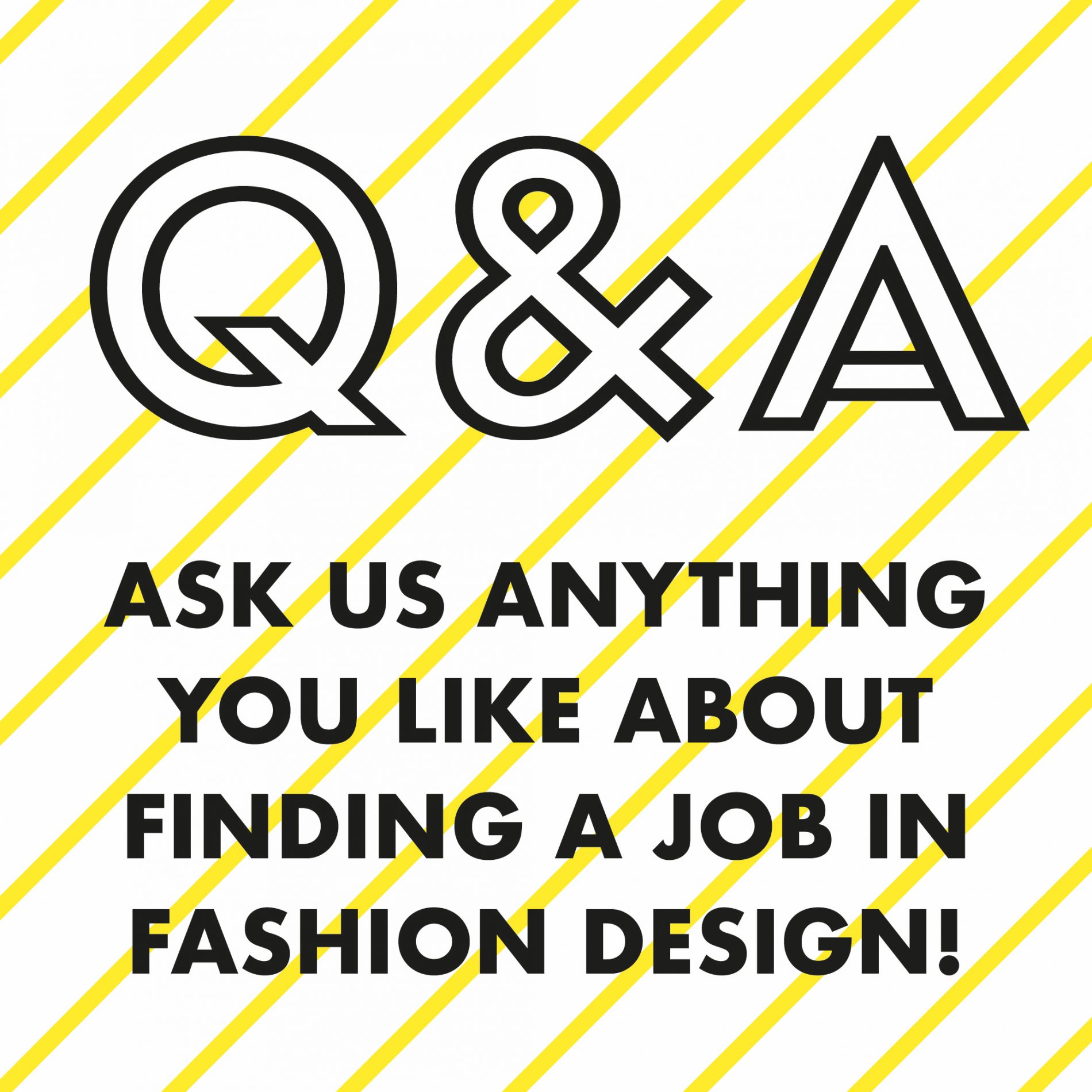(Question from Adam – Textile Design Graduate)
FCC: There are so many elements that go towards making a good portfolio, however the most important thing to consider, regardless of your experience level or design specialism, is whether it’s aligned to the brand/s you’re approaching.
Never have a ‘one size fits all’ approach – you should edit your portfolio slightly for every application and interview.
Your portfolio could technically be incredible, but unless it’s actually relevant to the brand you’re applying to, you may be wasting your time (and theirs).
Your portfolio will stand out to hiring managers and recruiters, if it’s immediately obvious that your style will match with their brand (or with recruiters, that of their client).
I see hundreds of portfolios each year (as do most head-hunters, recruiters and HR Directors) and the ones I get excited about, it’s very clear within 2 minutes as to exactly which brands they’d be suitable for.
Things to consider when you send out your portfolio to a brand when applying for a design job, internship, or on a speculative basis:
Is the actual design work you’ve included a good match with the brand?
Think about their overall design aesthetic, brand values, their customer base, previous and current collections, specific techniques they use regularly within their designs or signature styles.
Ask yourself:
Would their customer wear your collections?
Are you showing specific design techniques/innovations that would be interesting to this brand?
Does your work epitomise the spirit of the brand and that of their Creative Director/Design Director?
Does the presentation of your work reflect the style of the brand?
Everything from the fonts you use in any text, to the style of your figure illustrations and sketches, to the layout/amount of work you have on each page should reflect the style and market level of the brand you’re applying to.
For instance, think about Celine in the Phoebe days – buzz words around the brand were always ‘clean, minimal, refined, crisp, considered’. Portfolios for minimalist brands should be just that – eg. one or two really considered designs per page / a mood board with two or three key elements for your theme / modern, clean fonts for text.
A portfolio for a brand like Roberto Cavalli or Versace would look very different, considering they use much more embellishment, print and decoration, so you could have much more on a page. Try to sum up the essence of the brand in your presentation.
Consider the following:
Figure illustrations – Do they look like the target customer of the brand you’re applying to? Consider the hair, makeup and overall styling of your drawn line-ups. Textiles designers should include line-ups of how their designs would actually work on the body, rather than just having lots of swatches and pages of print/surface decoration.
Presentation of designs – does the medium you use to show your designs, fit with the style of the brand and market level? Eg. The majority of luxury brands like to see beautiful hand drawn designs and illustrations, or work on the stand/3D rather than computer generated work on packages such as Photoshop/Illustrator. If you’re applying to high street companies, evidence of your CAD skills is generally preferred.
Look Books / Styled photos of your collection: If including photos of models wearing your collection, only put these in if the photoshoots reflect the image of the brand you’re applying to. Look at their ad campaigns and styling of their shows for pointers.
Do you have a question for us, related to any aspect of finding a job in fashion design or working in the industry? If so, please email: q&a@fashioncareerscounsel.com




